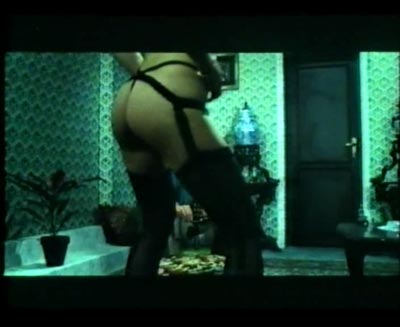Sexuality haunted by its own disappearance
During the late Victorian period British women maintained a significant numerical advantage over men such that “almost one in three of all adult women were single and one in four would never marry.” Therefore it is no coincidence that spinsters “provided the backbone” of the women’s suffrage movement in the late nineteenth and early twentieth century. These spinster-led feminists opposed patriarchal exploitation and challenged “the idea that male sexuality was a powerful and uncontrollable urge,” and in the course of their activism drew much needed attention to other related problems such as prostitution and the abuse of girls. But by presenting such resistance to the status quo their rising success roused an equally powerful countervailing enemy whose rise to power was intimately connected to the proponents of the “sexual revolution” that came to fruition in the 1920s.



